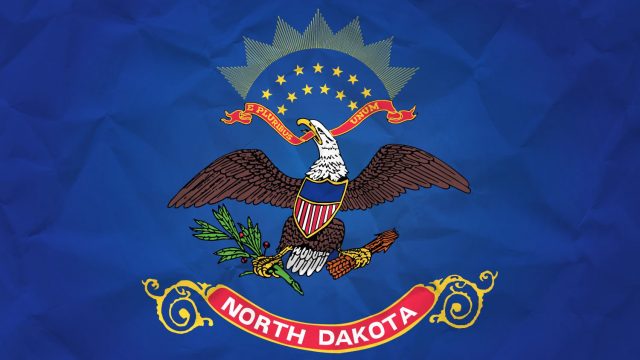North Dakota Is Now The 4th Youngest State In The Nation

According to a new report from the U.S. Census Bureau the population of North Dakota has hit a new all-time high at 756,927.
Here’s a chart of the state’s population growth since 2000:
In the last decade the state’s population has grown 17 percent, adding roughly 120,000 residents. The state is also getting younger, and North Dakotans are having more babies. This from the press release sent out by Governor Jack Dalrymple’s office (see it in full below):
In the early 2000s, North Dakota was one of only a few states with a declining and aging population. The state began to reverse that trend in 2004, with an estimated population of about 645,000 residents. Since then, North Dakota’s population has grown every year, with a total increase of more than 110,000 residents.
The in-migration of adults of child-bearing age is playing a major role in the state’s current population trend, said Kevin Iverson, manager of the North Dakota Census Office. In just the past 10 years, the number of births in North Dakota has steadily increased from about 8,380 to last year’s birth count of 11,352.
Additionally, North Dakota is becoming younger, with the state’s median age dropping in 2014 to 34.9 years of age – two years younger than the median age recorded just 10 years ago, Iverson said. North Dakota’s median age is now the 4th youngest in the nation. In 2010, North Dakota’s median age ranked 24th, according to the U.S. Census Bureau.
What has mostly been driving North Dakota’s growth is the boom in oil and gas activity. The state’s economy has grown at an annual rate of 12 percent over the last five years, and added 123,000 jobs. In 2014 the state had the 4th highest level of personal income at a level 121 percent above the national average.
Even now, amid low oil prices and declining oil and gas activity, the state still has more jobs available than unemployed people.
The question, of course, is whether that’s the new normal or if this is a high water mark for the state.
I suspect it will be, unless oil prices rebound. The Census wasn’t exactly great at keeping up with the state’s population growth during the oil boom, and I suspect the Census will lag a bit in quantifying the state’s population decline now that the boom is over.
Less oil activity means less opportunity which means a lot of people leaving North Dakota again. Which isn’t at all unusual in the state’s history. This Google Public Data chart, based on U.S. Census numbers back to 1900, shows the state’s boom-and-bust population cycle. Ours is a commodity-based economy, and our state’s population is very much tied to it.
When agriculture or energy is strong, North Dakota’s population goes up. When they’re weak, our population goes down.
Here is the full press release:





